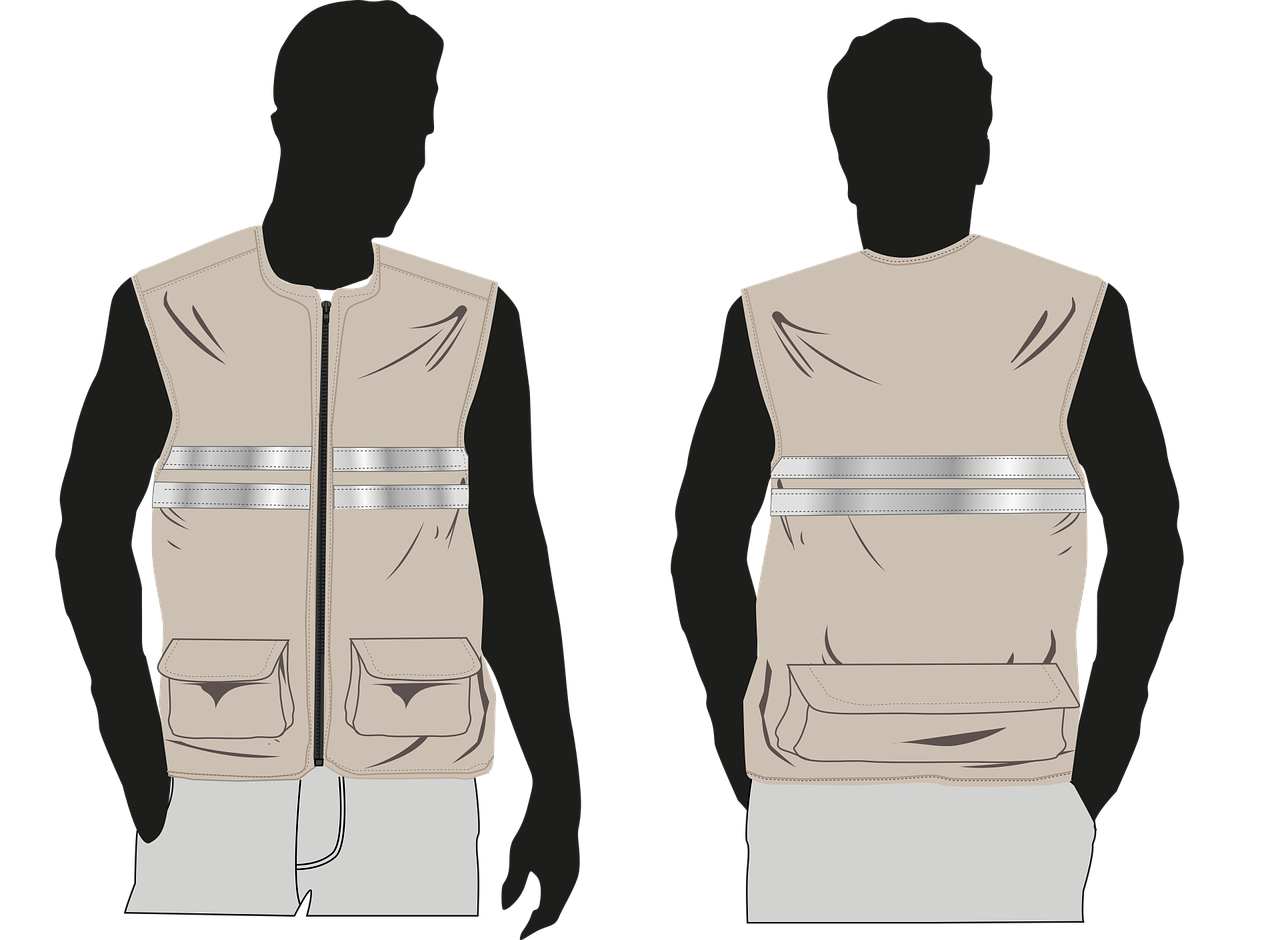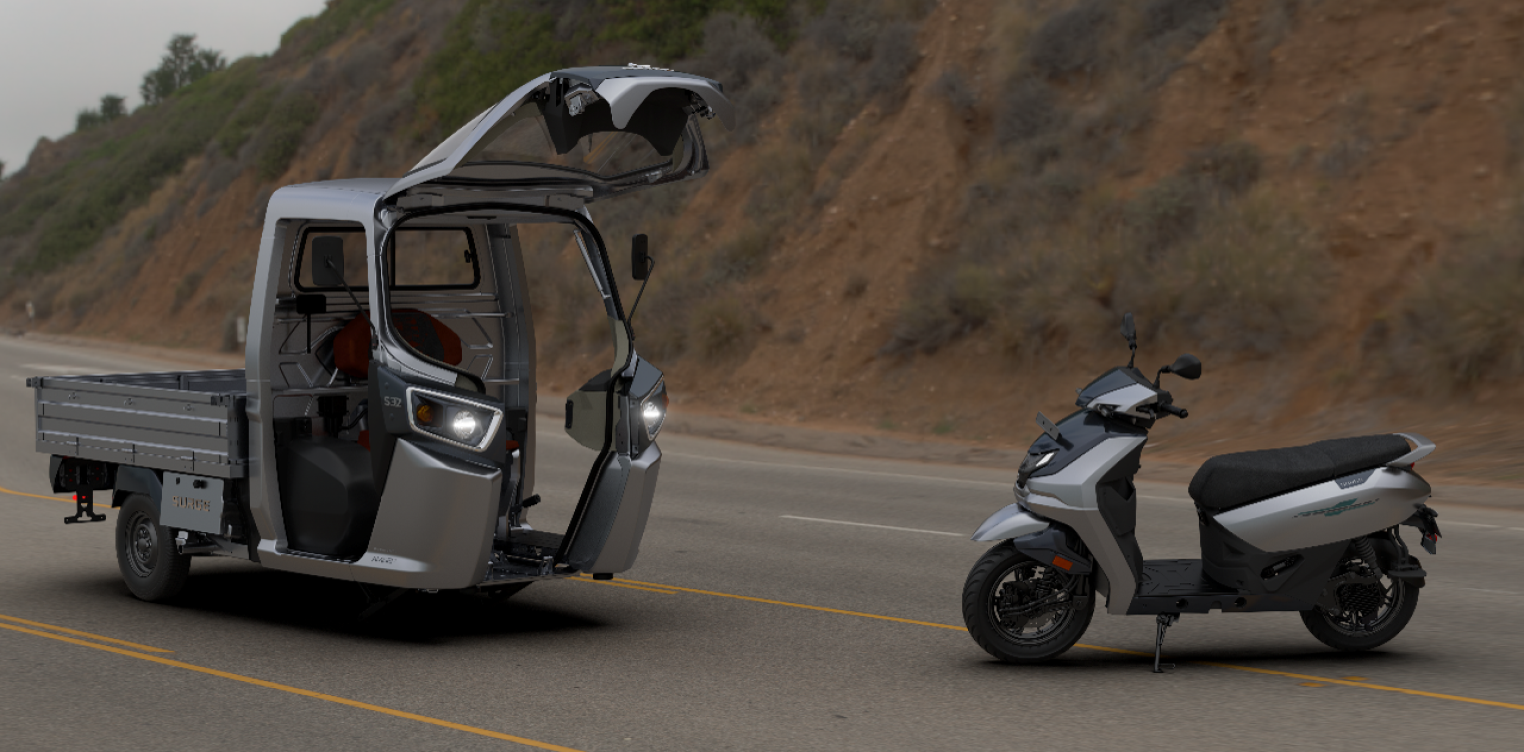The US government has invested $22 million in a project called SMART ePants, with the goal of developing various clothing items such as shirts, trousers, or undergarments for surveillance purposes. These garments would be equipped with audio, video, and geolocation recording devices. They are designed to possess qualities like stretchability, flexibility, washability, and overall comfort, ensuring practicality and ease of use.
Government Initiative for Enhanced Surveillance
SMART ePants, short for Smart Electrically Powered and Networked Textile Systems, is a significant federal government initiative focused on active smart textiles (AST). These clothes resemble regular attire but conceal technology for discreet data recording. They could find applications among intelligence agents, law enforcement officers, as well as other professionals in need of surveillance tools.
The SMART ePANTS program receives funding from the Intelligence Advanced Research Projects Activity (IARPA), a research arm of the US intelligence community. The program is led by a team of researchers from MIT, SRI International, Nautilus Defense, Leidos, Inc., and Areté.
The Future of Wearable Surveillance
Currently, the SMART ePANTS program is in its early stages, and the researchers aim to have a prototype ready within the next 42 months. However, the development of SMART ePANTS has raised concerns regarding privacy and civil liberties. Some individuals worry that these garments could be used to track people’s movements and activities without their knowledge or consent, or collect sensitive personal information like conversations or medical data.
Balancing Innovation and Privacy
The researchers involved in the SMART ePANTS program emphasize their commitment to protecting privacy. They assert that the garments will only be used for legitimate purposes and will have safeguards in place to prevent unauthorized data collection or use.
The impact and usage of the SMART ePANTS program in relation to privacy and civil liberties remain to be seen. Nevertheless, the development of this technology underscores the increasing trend of wearable surveillance. As wearable technology becomes more sophisticated, it is likely that we will witness a growing number of applications for surveillance clothing.







